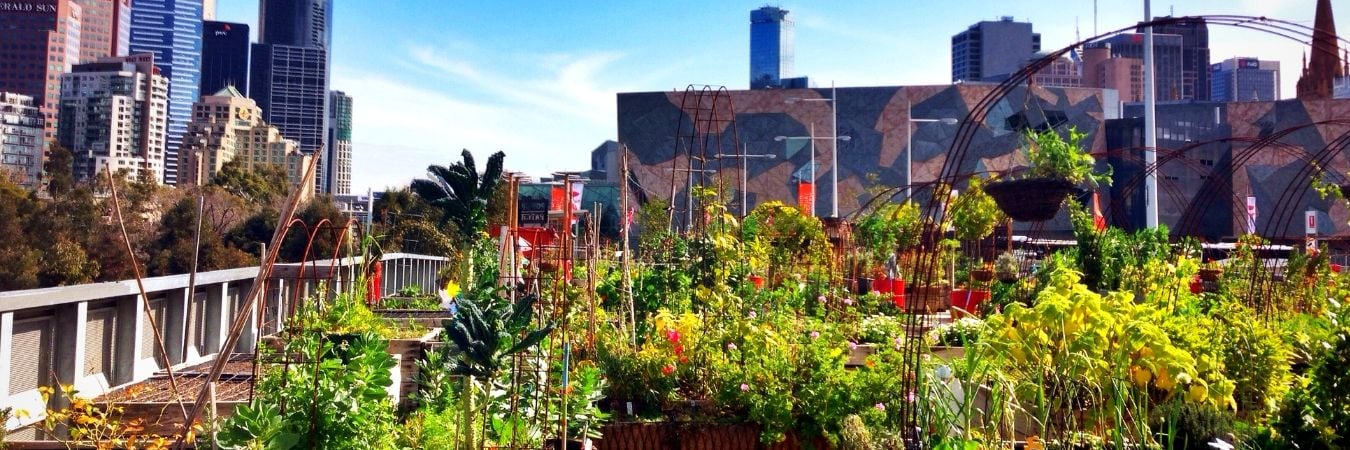Australia has a world-class biosecurity system and natural barriers that protect us from exotic pests and diseases, which allows our agriculture industries to thrive. But global trends supporting increased trade and travel makes managing biosecurity threats coming into Australia increasingly difficult. In 2018, there were 21.1 million international travellers coming into Australia, and between 2016/17, there were 158 million mail parcels sent to Australia, 18,000 incoming vessels inspected for pests and diseases, and 45,000 incoming sea containers inspected for pests and diseases.
Significant biosecurity measures are implemented by Australian state and federal governments everyday to protect our country from pest and disease threats, and with increasing globalisation, this workload will be likely to increase too. But it is not just the government’s, or even industry’s, responsibility to ensure that our biosecurity system is working. Communities play an essential role too.
Practising good biosecurity is crucial for urban-based communities for several reasons. Being aware of exotic pest and disease threats will help alert horticulture industries in our regional areas, protect backyard and community gardens, and protect public amenity.
Horticultural production
In recent years, a number of pests have been detected in urban areas across Australia. Key examples include tomato-potato psyllid (TPP), citrus canker, varroa mite, and brown marmorated stink bug, among others. What these pests have in common is that they are destructive to a wide range of fruits, vegetables, flowers, and nuts, which could impact economies, environments and livelihoods.
Most of Australia’s horticultural production zones are concentrated in the peri-urban growing areas immediately bordering the urban sites of initial detection. From there, pests could be transported to rural areas via machinery or other means. If urban communities were more familiar with exotic plant pests and diseases, we would be in a stronger position to detect, eradicate or manage them before they spread to production regions.
Community and home gardens
Community and home gardeners already experience immense pressure from existing pests such as aphids, thrips, moths and mites, but it is our responsibility to ensure that we protect our vegetable gardens, community gardens, and fruit trees from new threats. We are most likely to accomplish this by knowing the signs and symptoms of key exotic pests and being familiar with how to report suspicious pests to the Exotic Plant Pest Hotline (1800 084 881). We can also practice good biosecurity by disposing of green waste properly, and stopping the transportation of soil and plant materials from one place to another.
Amenity
Overseas, some exotic pests and diseases may be considered a threat to public amenity. A perfect example of this is the brown marmorated stink bug (BMSB). While this pest does not threaten human health, the BMSB poses a threat to public amenity because it commonly hides inside buildings, equipment and other sheltered areas to protect itself during cold weather. Not only this, but they congregate in large numbers and produce a pungent smell when disturbed or crushed.

